A Uganda safari evokes impressions of mythical, old-world Africa. Gorillas travel serenely through misty rainforest. Curious chimpanzees meet your gaze. Elephants march across ochre-hued trails.
The people are wonderful and there is always a sense of going off the beaten track, whether exploring volcanic mountains or drifting around a lake in an indigenous canoe.
For a purely big game experience, Uganda safaris are not the best safaris in Africa. If you are seeking the classic big five or enormous herds then Uganda will leave you disappointed.
However, there is no better destination in the world for meeting wild primates in their natural habitat, including gorillas and chimpanzees. And Uganda is so much more than a safari destination. Uganda is an adventure into vibrancy and vigour, where every day brings surprise.
Why Visit Uganda
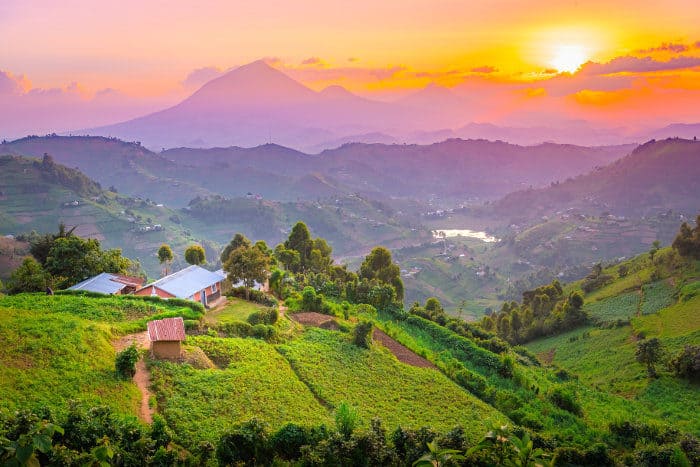
Uganda is home to elephants, lions, hippos, buffalo, giraffe, and plenty of other four-legged giants. Still, the abundance of these animals can’t match that of a Kenya safari or Tanzania safari.
A classic big-game safari will be good, especially if it’s your first time to Africa. You will see wild animals roaming epic landscapes and feel the rhythm of the wilderness.
However, Uganda is so special because a big-game safari is only a small part of the experience.
Mountain gorillas are the famous highlight. Two thirds of the world’s population live in Uganda and gorilla trekking is cheaper here than in Rwanda.
Chimpanzee trekking is often forgotten. Uganda is the best place in Africa to get close with our closest wildlife cousins.
Then there are magical lakes, draped in mist and enveloped by rolling green hills; roaring rivers, populated by hippos and dotted with remote camps; arid plains home to desert-adapted animals; and so many different monkeys and macaques it is hard to keep track.
The best Uganda safaris combine these destinations and experiences. They immerse you in an exotic country and can reflect many preconceptions about Africa: untouched, exciting, a little rough around the edges and filled with warm and welcoming people.
Uganda is not an easy country to visit. It is impossible to rush and there will be moments of frustration. You won’t go searching for your wild side here. On a Uganda safari, your wild side will find you.
Unique experiences in Uganda
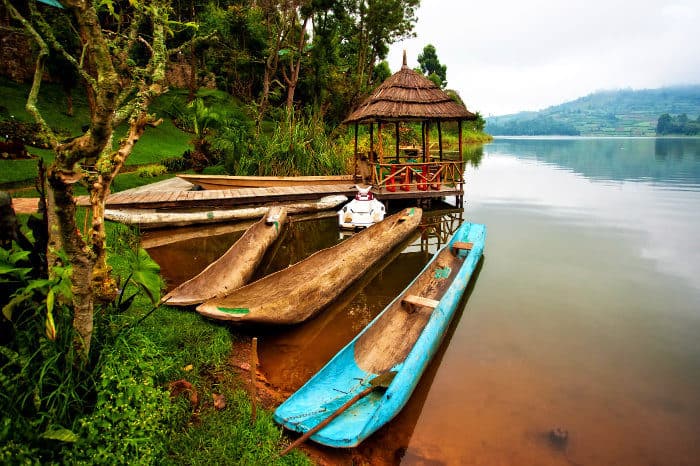
- Coming face to face with one of the few remaining mountain gorilla troops.
- Paddling across Lake Bunyonyi in a narrow and impossible to navigate local canoe.
- Exploring the behaviour of tree-clinging chimpanzees in Kibale Forest.
- Rushing down the River Nile on some of the world’s ultimate white-water rafting.
- Enjoying an extended four-hour encounter with mountain gorillas, through the new gorilla habituation experience.
- Traveling completely off the beaten track with a rugged big-game safari on the arid Kidepo Valley plains.
- Admiring chimpanzees walking on two legs in remote Semuliki National Park.
- Horse riding and walking with zebra on a safari in Lake Mburo.
- Wandering streets of heritage and change by spending time in old capital Entebbe, and new capital Kampala.
- Lazing away a few days on a tropical island in Lake Victoria.
Experiences common across Uganda
- Camping amid hippos, especially at Murchison Falls and Queen Elizabeth national parks.
- A baboon or vervet monkey trying to steal your sunglasses.
- Wondering are we nearly there yet as the dirt road goes on and on and on.
- Getting completely lost when trekking, either in a national park or between villages.
- Going to bed dreaming of chimpanzees and gorillas.
- Feeling like an old-world explorer and pushing your own comfort zone.
Essential Information for First-Time Visitors
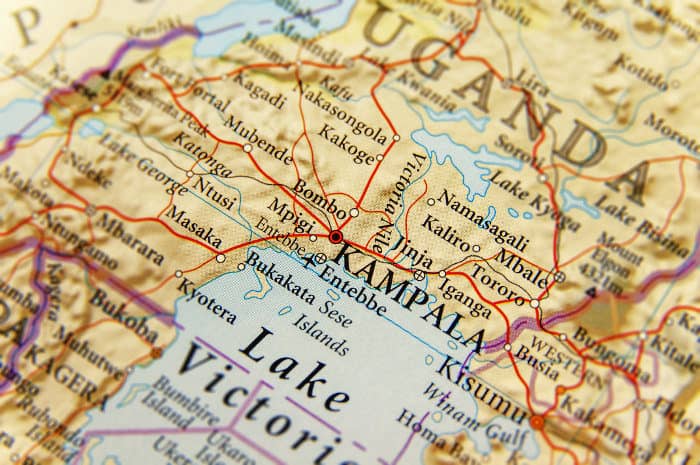
Uganda requires visitors to be a little travel savvy. The Wi-Fi will be slow or non-existent. You will get lost and confused. Something is going to go wrong and somewhere along the road your plans will unravel.
Sharp negotiation skills are essential, along with an ability to rethink time. Anyone in a rush will quickly become frustrated. Anyone seeking an idiot-proof vacation will struggle.
None of this is intended to be off-putting. Uganda safaris are a wonderful choice as a first-time visit to Africa, even a first-time trip out of Europe. Just come with an open mind, not just about culture and customs, but some of the basic concepts you take for granted, such as time.
Getting to Uganda
Entebbe has Uganda’s only significant international airport and is the country’s transport crossroads.
The typical overland route is Kenya to Uganda to Rwanda, or vice versa. There are direct buses to Jinja and Kampala from various destinations in central and western Kenya. Crossing the border into Rwanda usually requires private transport.
Getting around
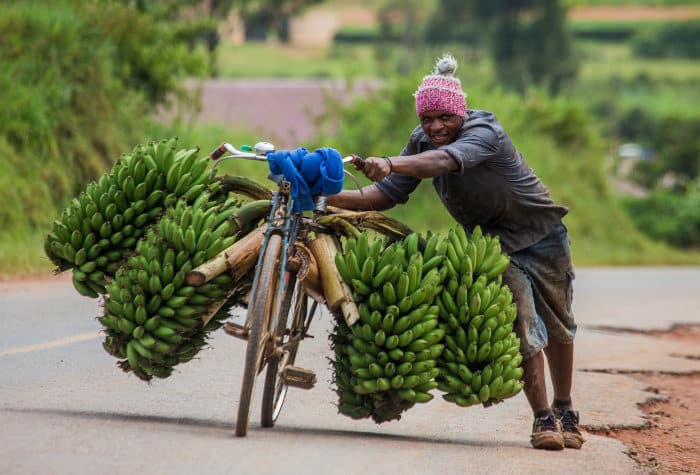
Do not underestimate the size of Uganda and the state of the roads. Traveling here takes a lot of time. The main destinations are slung around the country’s outskirts. Maps fail to convey the complicated terrain and topography.
Guided small-group tours cater for a variety of budgets. These offer private transport, usually in small minivans.
Most independent travellers use a network of buses, minibuses, and shared taxis. Timetables are scarce and most only leave when they are full. Often you need a private taxi to complete a journey as public transport doesn’t go directly to the national parks.
The majority of luxury travellers make some use of domestic flights, especially the route from Entebbe to the gorillas of Bwindi. These are convenient for time-pressed visitors but will seem expensive to most.
Culture and customs
Uganda is not an easy country to understand. It is home to almost 56 different tribes, that were artificially shoved together when the Europeans divided Africa.
Cultural contrasts are pronounced. Unfortunately these have also been bloody. The wounds of civil war and Idi Amin’s dictatorial reign are mostly healed, but the scars are clear to see.
It is really worth reading up on the country’s history before you travel, just to provide context to what you may see.
Still, do not expect a downbeat vibe. Uganda is vibrant and overflowing with energy. The experience is even more vibrant when you place some trust in the locals.
Many people will greet and befriend you. Unique cultural experiences can come everyday, as long as you trust in saying yes to where the locals want to take you.
In the West we think of time as a linear concept, marked by the hours of a clock. You can calculate how long everything takes and plan a day accordingly. This is not how time operates on Uganda safaris. It really is best to wake with the sun and see what happens.
English remains the official language but it is not universally spoken. There are almost as many languages as tribes so you can expect to meet people with some communication barriers.
Indicative costs
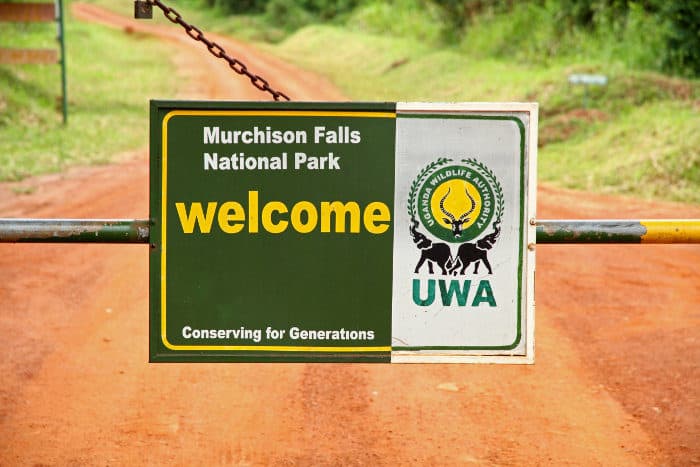
Most visitors are surprised at the cost of a Uganda safari. Economically, this is one of the poorest countries in East and Southern Africa. Basic infrastructure is often lacking. You will find poverty and enormous unemployment.
However, Uganda is an expensive country to visit, either on a tour or as an independent traveler. National park fees quickly add up and the gorillas are an eye-watering hit to a tight budget.
A limited tourist infrastructure and lack of mass tourism reduces your options, as well as increasing your costs. It is difficult to import anything into the heart of Africa, meaning certain Western comforts will cost far more than at home.
Uganda can be cheap if you live like the locals. That means traveling on public transport, eating at local eateries, and staying at very simple roadside guesthouses. Many visitors find this beyond their comfort zone over a prolonged period.
Uganda safaris will be expensive as there are high costs to exploring the wilderness in a country with limited infrastructure. Realistically, budget $60 per day as a minimum, ideally a figure around $100. Then factor in gorilla and chimpanzee trekking on top of this.
Remember that tourism is integral to local economy and the money you spend can trickle down a long way.
When to Visit Uganda for Safari – Month by Month Guide
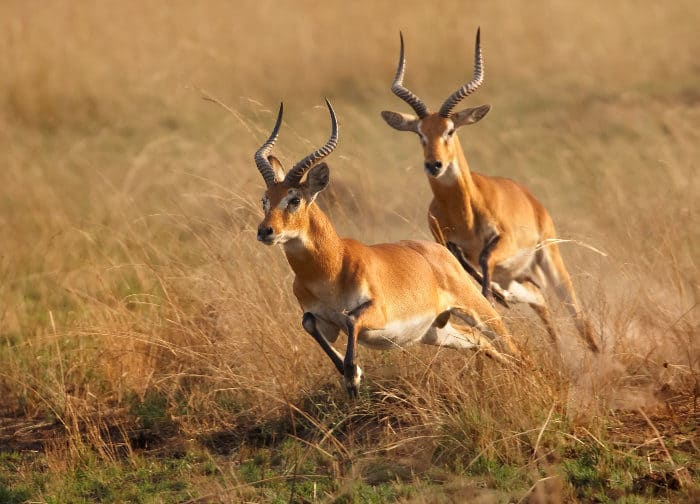
June to August – dry season and peak season for travel
- Peak season for travel; book gorilla and chimpanzee permits a month in advance.
- Mostly dry, with beautiful green landscapes as the rains have just finished.
- A pleasant climate, with warm and humid-free days, then cool evenings.
- Moderate to good game viewing throughout the country.
September to October – warm, dry and humid; good game viewing
- Landscapes shrivel and are no longer as lush and beautiful, but these dry conditions are good for viewing big game.
- The country warms and it can be sweaty when you’re not in the mountains.
- A quiet two months for tourism.
November to December – rains and heat
- November’s rains are usually more intense than in Kenya and Tanzania.
- No Christmas rush of visitors as the climate keeps many people away.
January to March – premium game viewing, warm and dry
- The long dry season months and still without crowds.
- The best time of year for a big-game Uganda safari.
- Mostly arid landscapes, without the extravagant green the country is known for.
- The long rains usually start in March but this date is increasingly unpredictable.
April and May – a wet and wild adventure
- The major rainy season, with torrential downpours an everyday occurrence.
- Some roads are washed away and areas can become inaccessible.
- Off season, with very few other tourists anywhere in Uganda.
- Off season prices and no need to plan trekking permits long in advance.
Guide to Uganda’s Safari Destinations
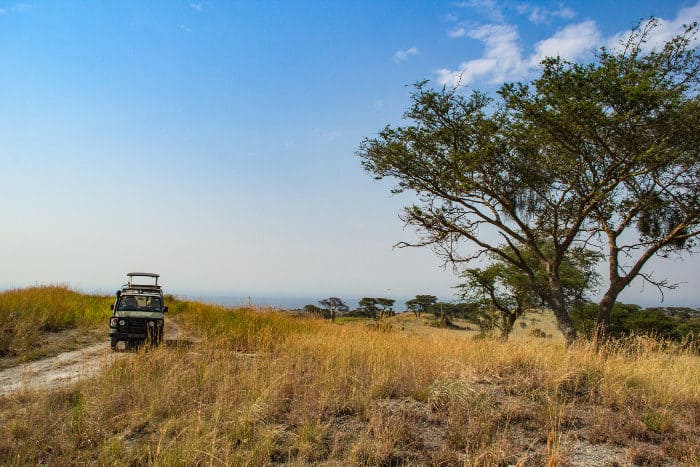
Planning an itinerary
On a Uganda safari there is beauty in surprise. Rush around and you will not see much more than the road and a few famous primates. Slow down your itinerary and all sorts of magic takes place.
Like a rare colobus monkey troop elegantly passing through the camp. Or a lion hidden in a tree, surveying a buffalo herd. Maybe an impromptu invitation to a village shebeen, as mist circulates through the surrounding rainforest.
A trusted method is to choose the destinations you want to visit, but be prepared to drop one or two from the itinerary. It’s better to visit less places and explore them properly, than cram six or seven parks into only two weeks.
Kampala and Entebbe
If you fly to Uganda you will land at Entebbe International. Entebbe itself is a half deserted colonial town along the shores of Lake Victoria. It is a calm and somewhat charming insight into a former time.
Kampala is only 30 minutes away by road, but absolutely different in terms of atmosphere and experience. This is Uganda’s bustling capital city, where every street is chocked full of intrigue, crowds, street traders, minibus taxis, potholes, dust, colour, smiles, shouts, extravagant market stalls, and so much to ignite the imagination about Africa.
In short, Entebbe is calm, Kampala is brilliant, but in your face and overwhelming. You will need to pass through as this is where most itineraries must start and end. Plan to minimize your time but understand that a layover will be very interesting.
Bwindi Impenetrable Forest National Park

Home to two thirds of the world’s mountain gorillas, Bwindi provides an experience beyond what the imagination can conjure.
This is where you come for gorilla trekking. Permits need to be arranged in advance and there are four different trekking locations. Each of these has its pros and cons.
This definitive guide to mountain gorilla trekking has all the information you need to plan a gorilla trek in Bwindi Impenetrable Forest and covers all the different options, along with tips on maximizing the experience.
Essentially, you trek into the wild and can spend one hour with a habituated mountain gorilla troop. Although the permits are expensive and off-putting (USD 650 in 2019), virtually everyone believes it was worth it.
When planning a Uganda safari allow for three nights in Bwindi. You will need one night before the trek and the day of the trek. Such a mysterious and dramatic landscape is always worth another day, purely for admiring where you are.
To get even closer with the world’s largest primates consider the new gorilla habituation experience, a chance to spend four hours with researchers habituating a troop. You do not come as close, but there is an enhanced air of authenticity.
Mgahinga Gorilla National Park
Mgahinga is the alternative to Bwindi for seeing gorillas. Or at least it was, 15-20 years ago.
Unfortunately, Mgahinga’s habituated gorilla troops move across an unmarked rainforest border between Uganda and the Democratic Republic of Congo. Sightings are uncertain and why pay for a 60% chance, when in Bwindi the encounters are practically guaranteed?
Queen Elizabeth National Park

Half a day’s drive north of Bwindi, backdropped by the same Ruwenzori Mountains, lies Uganda’s flagship big-game destination.
The lions climb trees and are relatively easy to find. Numerous elephant and buffalo march across the plains. Over 600 bird species flutter around, offering some of the best birding in East Africa.
Wild chimpanzees and endangered macaques lead the primate encounters. Then there are hippo pods encountered on short boat safaris.
Throw in a quintessential assortment of zebra, wildebeest, and different antelope, and this arresting park is worthy of at least two full days.
Note that the highlight is wildlife variety, rather than a dazzling abundance. So if you have just been in Serengeti National Park, or on a Kenya safari, you could be underwhelmed.
But if a Uganda safari is your first safari, Queen Elizabeth National Park is an excellent first choice. Lions and chimpanzees in the same park is unheard of anywhere else.
Kibale Forest National Park
Kibale is contiguous with Queen Elizabeth National Park. The classic Uganda safari is to combine this trilogy of destinations: Kibale to Queen Elizabeth to Bwindi, or vice versa.
Put simply, Kibale Forest is the best destination in Africa for chimpanzee trekking. Like the gorillas, you can spend one hour with a habituated troop, deep in their natural habitat.
Also like Bwindi, allow three nights here: one before the trek, a full day for the chimps, then another day to explore some of the park’s other trails.
12 different primate species live in the forest and some of these are incredibly rare, including the Ugandan red colobus and L’Hoest’s monkey.
Elephants also travel through the park, along with Cape buffalo, bushbuck, sitatunga, and other elegant antelope species.
The lack of vehicles makes this a surreal and special place. In contrast to Bwindi, there are many other walking trails you can enjoy, meaning more experiences than simply gorillas or chimpanzees.
Kibale is a wonderful destination for walking safaris. If you have the time and are a keen trekker, make Kibale number one on your Uganda safari list.
Semuliki National Park
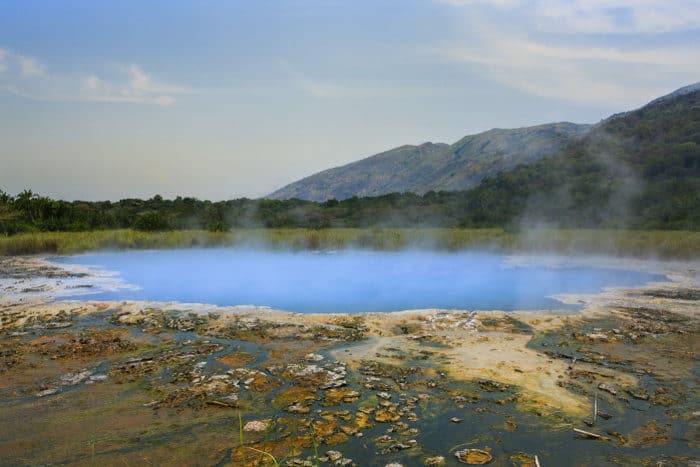
Along the Congo border, in a region of dramatic natural splendour, lies this large but mostly undiscovered forest park.
Semuliki provides the less touristic alternative to chimpanzee and primate trekking in Kibale Forest.
The monkeys and chimps are a little harder to see; the trails are rougher and need greater stamina; and the choice of accommodation leaves a lot to be desired.
However, those who brave Semuliki can have the park virtually to themselves. This is where the wild side will find you, along with plenty of bugs and mosquitoes.
You can comfortably spend two to four days walking the rainforest trails. A day of chimpanzee trekking requires a special permit.
While the chimpanzee experience is similar to Kibale, Semuliki’s chimps are most likely to be encountered on forest clearings. This is where you may witness chimpanzees walking upright, an evocative and inspiring insight into how humans evolved from these creatures.
Lake Mburo National Park
Lake Mburo is neatly on route between Bwindi and Kampala. Devoid of lions and elephants, it’s a pleasant little park ideal for walking and horseback safaris.
Hippos live in the lake, impala and eland gallop around, and you can come very close to zebra and Cape buffalo. Game drives are less than inspiring but the walks and rides are very good.
There used to be a lot more, but wildlife suffered enormously during civil war in the 1980s.
It’s a good and cheap destination for self-sufficient campers wanting walking safaris and slow exploration. Or a nice place to break the journey back to the capital.
Lake Bunyonyi

Mist rises redolently across Lake Bunyonyi, revealing a landscape of volcanic green hills and tiny Ugandan villages. Small camps dot the lakeshore and locals go fishing from their elongated canoes.
This is a gorgeous destination, a place to rest and relax after a Uganda safari, a setting that really takes the breath away.
Most visitors come to Lake Bunyonyi after their safari. It is located south of Bwindi, on route to Rwanda. Activities include canoeing, kayaking, hiking, and generally just hanging around doing nothing at all.
Murchison Falls National Park
Murchison Falls has always received mixed reviews. There is good and diverse wildlife, including most of Africa’s famous four-legged giants. The actual falls are stunning and birders are always impressed.
Still, the wildlife is not plentiful and the experience is similar, just not as good, as Queen Elizabeth National Park. It can be underwhelming.
Including Murchison Falls in a Uganda safari eats up a lot of time. It will be a full day of travel to get here from Kampala or Kibale.
Kidepo Valley National Park
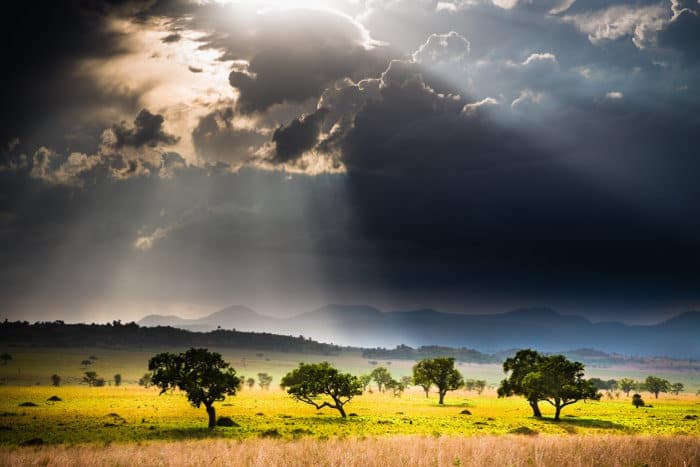
There is wild. And then there is Kidepo Valley, an arid savannah along Uganda’s border with South Sudan.
This is forgotten Africa, a place in the heart of a continent that has even evaded poachers. In most African safari destinations the wildlife has grown accustomed to vehicles and visitors.
In Kidepo Valley National Park there is a very real possibility you will be attacked by buffalo, charged at by elephants, or potential prey for hyena. It can start feeling like you are just another mammal, no different from all the others.
Wild dogs move in packs, cheetah and leopard lurk around the savannah, and all sorts of antelope kick up dust.
It is an incredible destination for people returning to Africa seeking a truly wild Uganda safari experience. For the connoisseurs it is a highlight of the continent.
However, Kidepo Valley is really out in the sticks, two long days of driving from Kampala and just as far from any other Uganda safari destination. Safari flights are worth the money because the road journey can feel torturous.
Once in Kidepo Valley National Park allow at least three full days, ideally even longer. In such a wild place you must search for the treasures. Plus, there can be no clear schedules in such a lost and uninhabited place.
Jinja
Jinja is a pleasant and somewhat dusty town draped around the River Nile and Lake Victoria waterfront. It is a good place to ease into the Ugandan experience when coming from Kenya, or even after landing in Entebbe (Entebbe to Jinja is only two hours by road).
In Jinja you can enjoy some of the world’s best white-water rafting, a full day of tackling grade IV and grade V rapids on the River Nile.
Lake Victoria
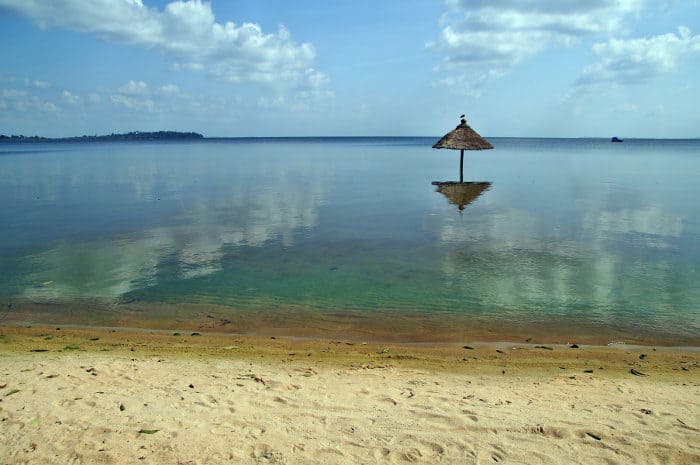
Islands dot Africa’s largest lake. Some have been commandeered by exclusive resorts, others remain cheap to visit and carefree.
Think beaches, lazy days, water activities, and probably a few too many beers in the sun. Like Lake Bunyonyi these islands are good places to relax at the end of a Uganda safari, and to also break the journey back to Kampala.
Bugala and Rusinga islands have upmarket accommodation while the more remote Ssese islands have stayed a hidden gem for more than a decade now.
Planning a Uganda Safari
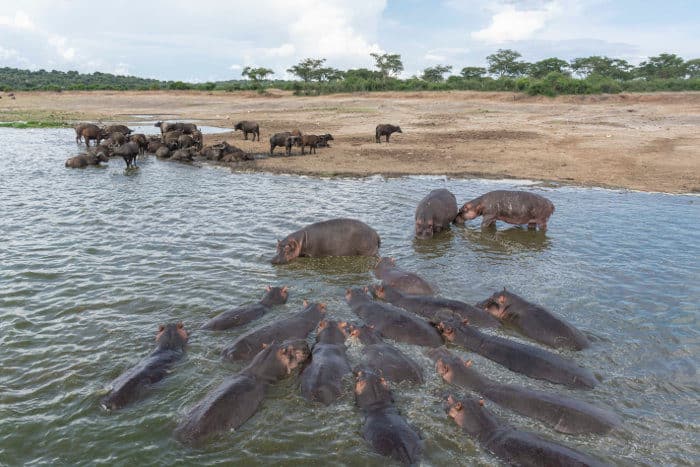
Search for Uganda safaris online and dozens of local safari companies come up. Note that quality varies wildly and there is no standardised mark of quality or tourist accreditation.
Uganda safaris do not sell out. Other than gorilla trekking in July and August, you can comfortably arrange a safari once you arrive in the country.
A good approach is to contact different operators in Kampala and Entebbe. Ask them difficult questions and see how they can respond to specific interests. Then go visit them after arriving in the country.
This naturally adds a day or two onto the itinerary but means less risk and more room for price negotiation.
An alternative is to plan a Uganda safari in advance. We have partnerships with trusted African safari specialists who can give you personalised and impartial advice. Click here to find out more.
So, good luck and get ready for a raw connection with your wild side. Uganda is a country like no other and there is a good reason why Churchill called it “truly the Pearl of Africa.”
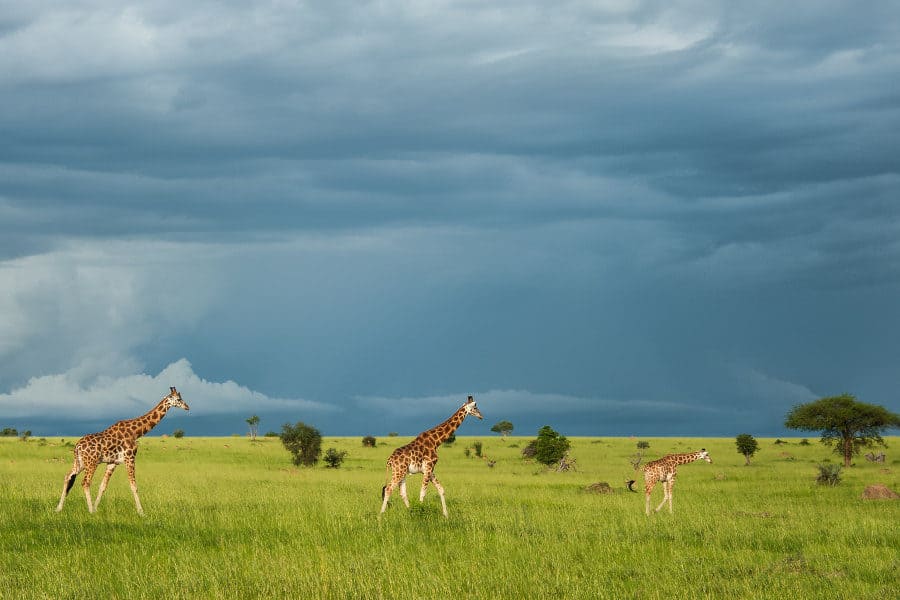
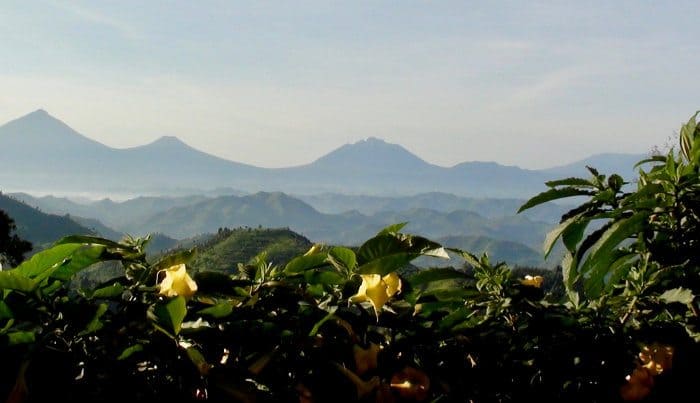

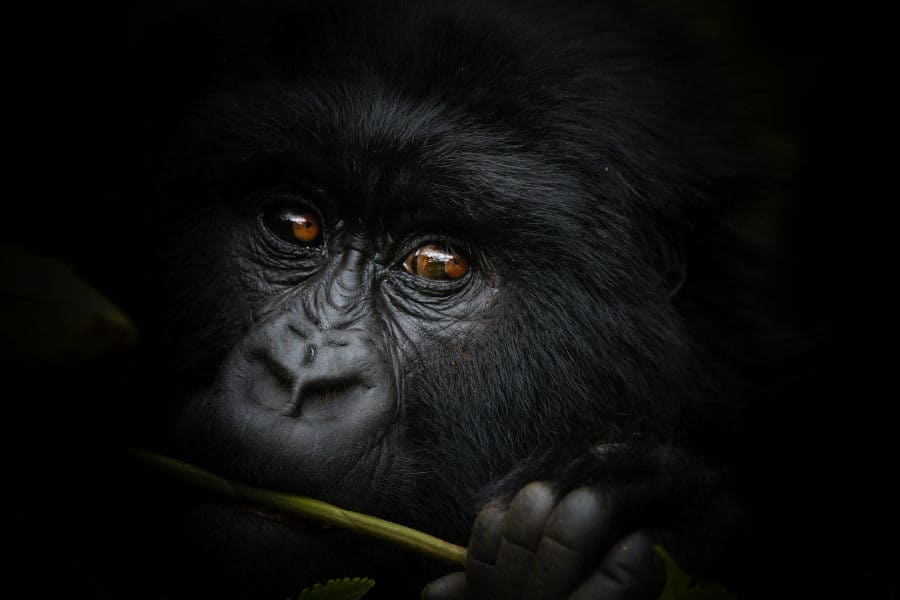
Thank you for sharing this piece of information to especially the first time visitors, as it is indeed very comprehensive and you would not want to stop reading.
The beauty of Uganda is unmatched. thank you Africa Freak for this beautiful article
Africa Freak, thank you for sharing this information about Uganda safaris. I love the writing and the photos. Great tourism information worth reading
I really enjoyed reading the “Uganda Safaris” blog on Africa Freak. The vivid descriptions and stunning photographs truly transported me to the heart of Uganda’s diverse and breathtaking wilderness.